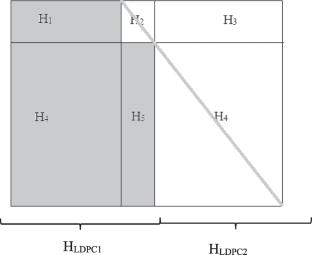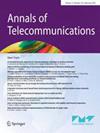Investigation of LDPC codes with interleaving for 5G wireless networks
Abstract
Low-density parity check (LDPC) codes are employed for data channels due to their capability of achieving high throughput and good performance. However, the belief propagation decoding algorithm for LDPC codes has high computational complexity. The min-sum approach reduces decoding complexity at the expense of performance loss. In this paper, we investigate the performance of LDPC codes using interleaving. The codes are investigated using BPSK modulation for short to moderate message lengths for various numbers of iterations using the min-sum decoding algorithm. The paper aims to improve the block error rate (BLER) and bit error rate (BER) for short to moderate block lengths required for massive machine-type communications (mMTC) supporting numerous IoT devices with short data packets, and ultra-reliable low-latency communications (URLLC) for delay-sensitive services of 5G. By incorporating interleaving alongside min-sum decoding, the performance is not only improved but also reaches a level of comparability with established algorithms such as the belief propagation algorithm (BPA) and the sum-product algorithm (SPA). LDPC coding with interleaving and subsequent min-sum decoding is a promising approach for improving the performance metrics of codes for short to moderate block length without incurring a significant increase in decoding complexity.



 求助内容:
求助内容: 应助结果提醒方式:
应助结果提醒方式:


